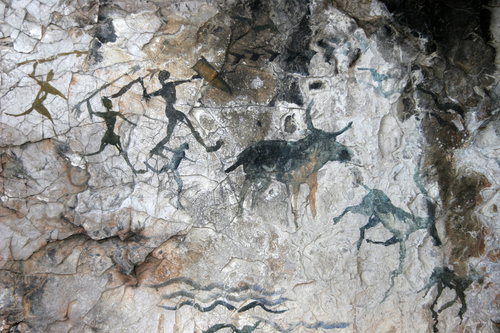
The subtleties of stone toolmaking have sharpened our understanding of early human capabilities and behaviors. The recent discovery of what might be the oldest Acheulian workshop, dating to around 750,000 years ago, in northern Israel, signals a significant leap in cognitive abilities of our ancestors.
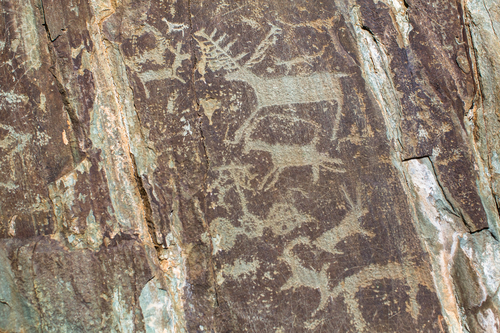
This workshop, located at a flint rock exposure, indicates a sophisticated level of planning and knowledge transfer, surpassing the mere opportunistic toolmaking of earlier hominins,researchers have now confirmed one of the earliest known workshops of the human genus at a flint rock exposure in northern Israel

Meir Finkel, a geoarchaeologist at Tel Aviv University and coauthor of the study published in the journal Geoarchaeology, explains the long-term use and knowledge transmission associated with this site: “They probably transferred this knowledge through many generations.”
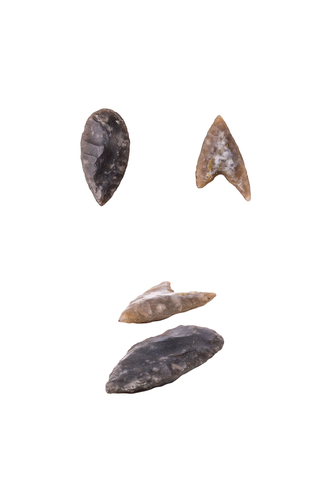
At the heart of this discovery is the evidence of routine and complex activities. The site, Gesher Benot Ya’aqov (GBY), reveals a trove of stone tools and animal remains, suggesting a stable source of food, whether obtained through hunting or scavenging.

Thousands of hand axes discovered at GBY and the nearby site of Ma’ayan Barukh belong to the Acheulian industry, characterized by oval-shaped tools and known to be associated with Homo erectus.

The abundance of hand axes raised questions about their origins. “The amount testifies to continuous exploitation of the same source,” says Finkel.
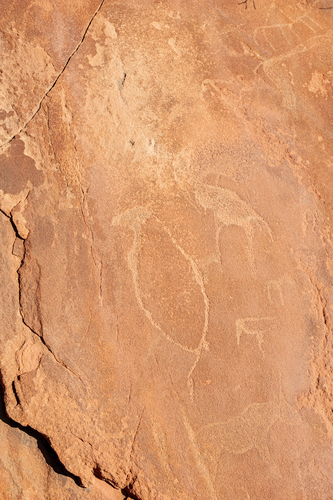
Analyzing flint samples using a mass spectrometer traced the tools to the Dishon Plateau, about 12 miles from the GBY site. “There is practically no other option for that amount of hand axes anywhere else,” Finkel asserts, confirming the single-source theory for these tools.

The journey to the Dishon Plateau would have required considerable effort, including an 800-meter elevation climb. This dedication to sourcing materials indicates a level of foresight and organization in these early human societies. As Finkel notes, “It’s not on the way to anywhere, they have to go specifically to this place.”
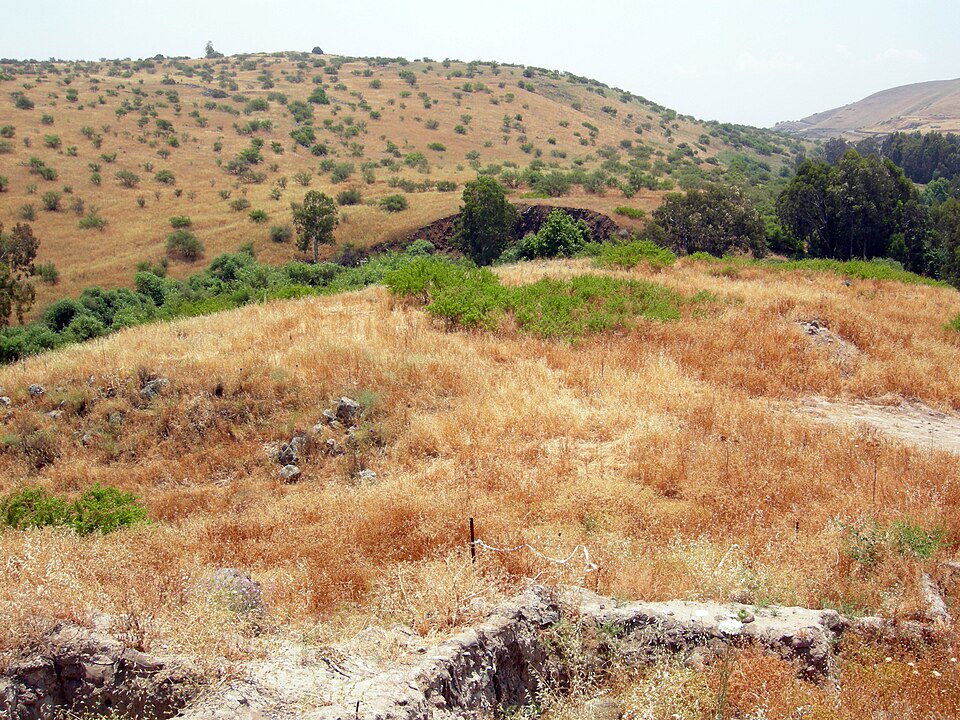
Anthropologists have observed hunter-gatherers in recent decades conducting expeditions, traveling far to specific places to extract materials needed for making tools, according to Finkel. The evidence in the Hula Valley and Gishon Plateau “may be the first proof of what is seen in ethnographic research,” he says.

Whether Acheulian foragers waited to hunt elephants with these axes and other weapons, or simply waited by the ancient Hula Lake for trapped animals, they had to be prepared to strike when the moment was opportune.

Beyond GBY, the broader narrative of Homo erectus is being reconsidered in light of the 1.5-million-year-old vertebra found at ‘Ubeidiya, challenging previous notions of a single migratory exodus out of Africa.

Deep questions of resilience and innovation are at stake. According to Miriam Belmaker, a paleoanthropologist at the University of Tulsa in Oklahoma,we need “to change the question from the ‘where, what, and when’ of the dispersal, to why was it successful.”

Homo erectus, a species known for its variety of evolutionary “firsts,” The abundance of tools and fossils found in Eastern Africa led most scholars to believe that H. erectus first evolved in that region’s Rift Valley. However, the recent findings suggest a more complex scenario of multiple migrations and potential interbreeding among hominin species.

For many years, scholars adhered to the “Savannahstan” hypothesis to explain hominin migrations out of Africa. According to this theory, H. erectus migrated from East Africa around 2 million years ago due to climate change causing the spread of East African savanna into the Southern Levant.

However, discoveries at ‘Ubeidiya have challenged the idea that H. erectus simply migrated across the expanding savanna. Belmaker highlights that ‘Ubeidiya was not a savanna, but rather a wooded area with trees, a fact supported by her research.
Relevant articles:
– Ancient Humans Made Expeditions to This 750,000-Year-Old Workshop, Discover Magazine, Jul 29, 2023
– What Drove Homo Erectus Out of Africa?, SAPIENS – Anthropology Magazine, Oct 14, 2021
– Archaeologists Discover Missing Link in Human Evolution, in Israel, Haaretz, Feb 2, 2022
– Lawn Chair Anthropology, lawnchairanthropology.com, by Z Cofran

